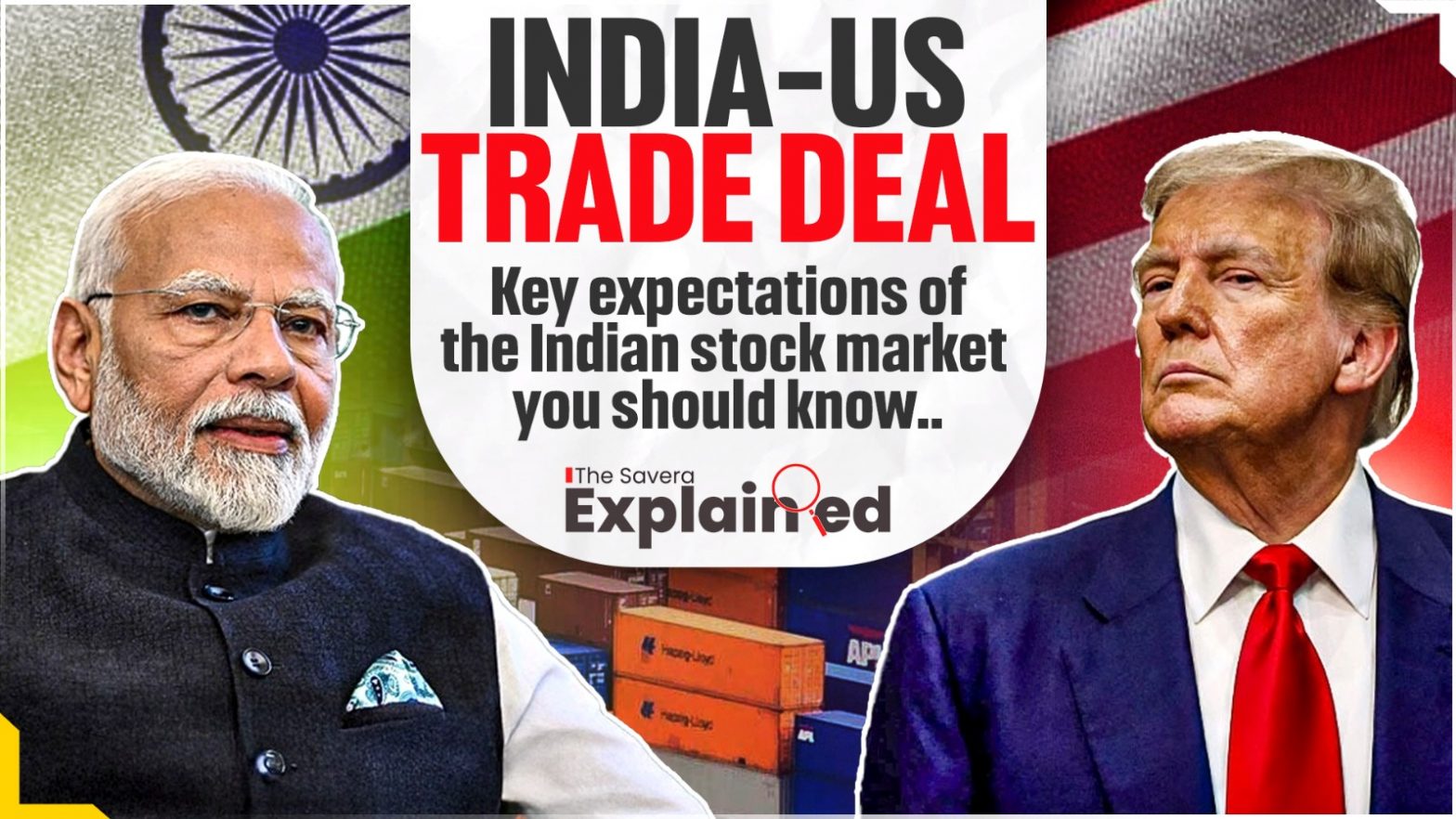
India and the United States are currently in the final stages of negotiating a trade agreement. This deal aims to reduce tariffs (taxes on imports/exports), improve market access, and resolve long-standing trade issues between the two countries.
A deadline of July 9, 2025 has been set for announcing at least a partial agreement. However, experts believe that a full, long-term deal may take up to 2–3 years and come in multiple phases.
Why is this Deal Important?
The India-U.S. Bilateral Trade Agreement (BTA) aims to boost trade to $500 billion by 2030. Launched on February 13, 2025, under the “U.S.-India COMPACT” initiative, it followed a Modi-Trump meeting to enhance economic ties. Negotiations, intensified by a U.S. 26% tariff threat (paused until July 9, 2025), focus on tariff reductions, with India seeking exemptions for textiles and leather, and the U.S. pushing for agricultural access.
The deal is important, as it could have several impacts:
What’s Holding Up the Deal?
Despite being close to a deal, both sides are stuck on key issues:
What Happens if There’s No Deal by July 9?
If the deadline is missed, Indian exports to the US will face a 36% total tariff:
This would make Indian goods less competitive in the US market, hurting sectors like textiles, pharma, and auto parts.
What is Likely to Happen?
Experts believe that both countries may announce “quick wins” soon, such as:
Meanwhile, sensitive issues like agriculture, dairy, and digital trade may be deferred for future negotiations.
What Does the Indian Stock Market Expect?
The Indian stock market anticipates a boost from the India-U.S. Bilateral Trade Agreement (BTA), with expectations of tariff reductions enhancing export-driven sectors like autos, textiles, pharmaceuticals, and renewables. Companies such as Tata Motors, Sun Pharma, and Titan could see gains due to improved U.S. market access.
Indian markets are hoping the deal will include:
Expert Opinions
Why India Has an Advantage
This gives India more flexibility in negotiations.
What’s at Stake?
A successful India-US trade deal could:
But missing the deadline or ending with only partial wins might hurt short-term market performance.
The India-US trade deal is more than just about tariffs — it’s a signal of India’s global economic ambition. While it’s unlikely that all issues will be resolved by July 9, even a partial agreement could give a strong push to Indian markets. Over the next few years, expect deeper negotiations as both sides look to reshape one of the world’s most important trade relationships.
